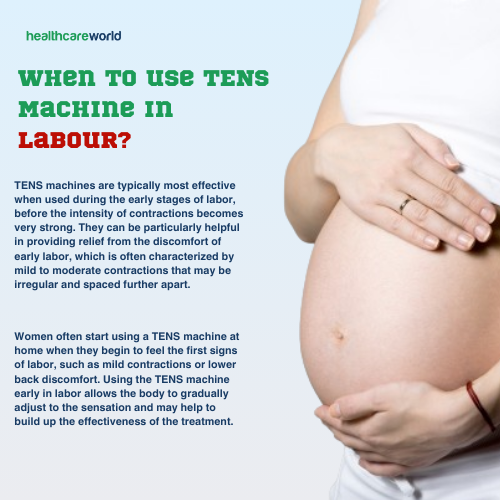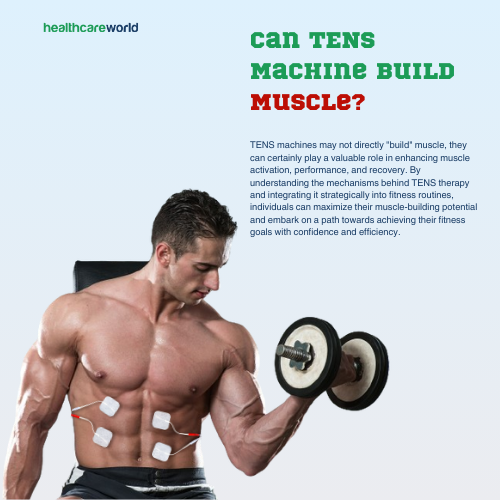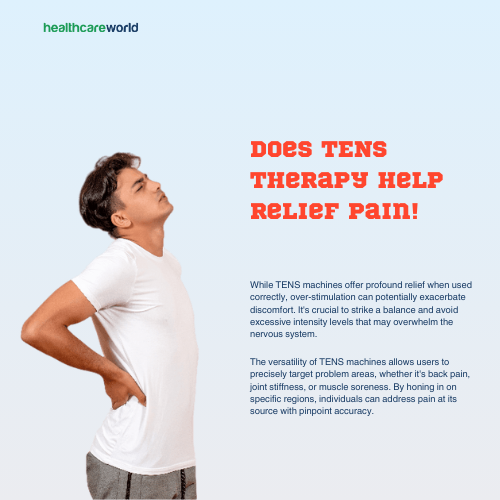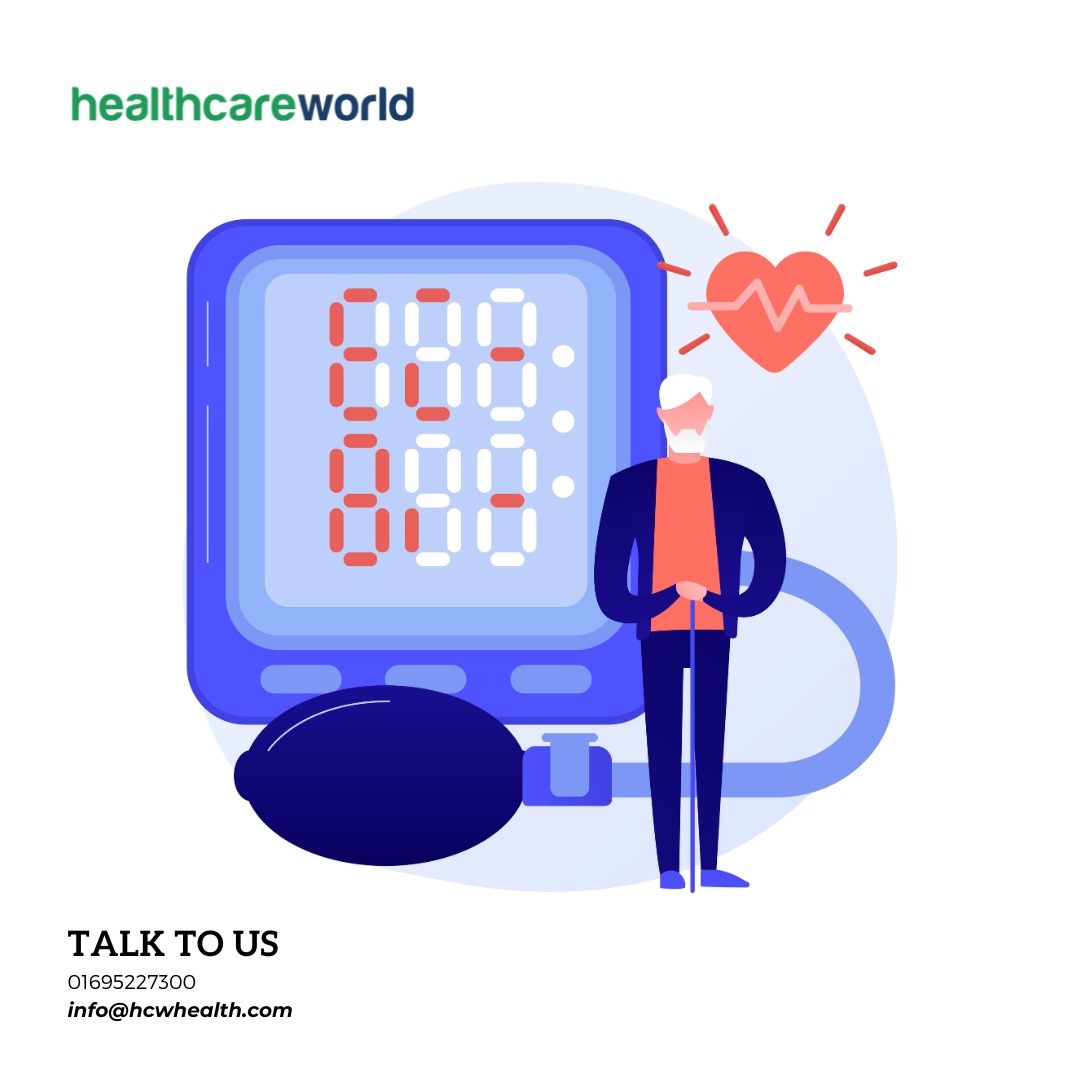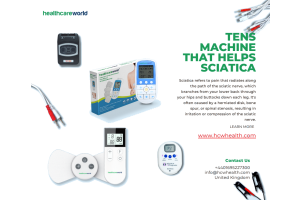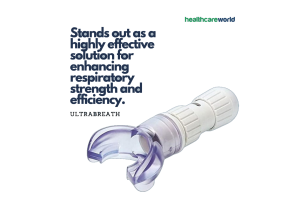We use cookies to make your experience better. To comply with the new e-Privacy directive, we need to ask for your consent to set the cookies. Learn more.
Knowledge
-
Bringing new life into the world is undoubtedly one of life's most incredible experiences. However, the journey of childbirth often comes with its own set of challenges and discomforts. Thankfully, modern technology has provided expecting mothers with innovative solutions to manage pain during labor. One such tool gaining popularity is the TENS machine. In this comprehensive guide, we'll delve into the benefits of using a TENS machine during labor, the ideal timing for its application, and how it can empower women through the birthing process.
Understanding TENS Machines
TENS, or Transcutaneous Electrical Nerve Stimulation, is a non-invasive pain relief method that involves the use of a small, portable device. It works by sending mild electrical impulses through electrodes placed on the skin, effectively blocking pain signals from reaching the brain and promoting
Read more »Posted: May 01, 2024Categories: Knowledge -
In the pursuit of fitness and strength, TENS machines have emerged as potential allies, sparking curiosity about their role in muscle building. But amidst the excitement, a fundamental question arises: Can TENS machines truly aid in muscle growth? Let's explore this topic to uncover the reality behind the claims and understand how TENS technology might influence muscle development.
Understanding TENS Technology
TENS, or Transcutaneous Electrical Nerve Stimulation, involves delivering electrical impulses to targeted muscles through electrode pads placed on the skin's surface. While primarily recognized for pain relief, TENS therapy has piqued interest regarding its ability to stimulate muscle contractions and potentially contribute to muscle growth (Albert & Stiller, 1991).
Delving into Muscle Activation
Read more »Posted: March 19, 2024Categories: Knowledge -
In the realm of pain management, TENS machines have emerged as a popular non-invasive solution, offering relief to countless individuals worldwide. However, amidst the acclaim, a lingering question persists: Can TENS machines make pain worse? Let's delve into this topic to unravel the truth behind the myths and misconceptions.
Understanding TENS Technology TENS, short for Transcutaneous Electrical Nerve Stimulation, operates on the principle of delivering mild electrical impulses to nerve fibers, effectively disrupting pain signals sent to the brain. According to Johnson and colleagues (1991), TENS therapy modulates pain perception by activating endogenous opioid systems.
Tailoring Intensity for Optimal Relief One of the most critical aspects of TENS therapy is the ability to customize the intensity levels. By adjusting the settings
Read more »Posted: March 15, 2024Categories: Knowledge -
Blood pressure is the force of blood pushing against the walls of your arteries. It is measured in two numbers: systolic and diastolic. Systolic blood pressure is the pressure when your heart beats. Diastolic blood pressure is the pressure when your heart is at rest.
Blood pressure that is too high or too low can be a sign of a health problem. High blood pressure, also known as hypertension, is a major risk factor for heart disease, stroke, and kidney failure. Low blood pressure, also known as hypotension, can cause dizziness, fainting, and other problems.
The Situation of Blood Pressure Worldwide
According to the World Health Organization (WHO), high blood pressure affects more than 1.28 billion adults worldwide. This number is expected to rise to 1.5 billion by 2025. The highest rates of high blood pressure are found in low- and middle-income countries.
In the United States, about 30% of adults have
Read more »Posted: June 08, 2023Categories: Knowledge

